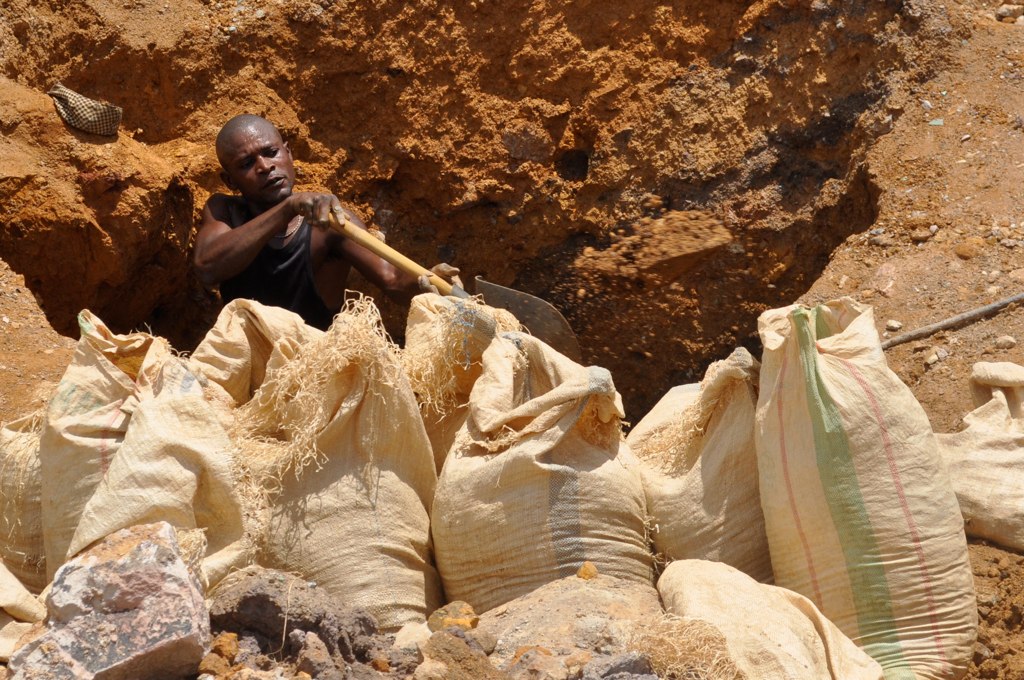Batteries and bioethics: Is sustainable tech too good to be true?

Written by: Zhan Yi Chng
Chances are, the device you are reading this article with is powered by a lithium-ion battery. Without this small piece of technology, life would be vastly different: no WhatsApp, no Instagram, and certainly no TikTok. A lithium-ion battery is a device containing lithium, cobalt, and graphite. Lithium ions act as charge carriers in the battery, i.e., the substance in the battery that is being “charged up”, while cobalt and graphite form electrodes that support the flow of charge.
Demand for lithium-ion batteries is set to skyrocket following a surge in electric vehicles production, with the batteries market projected to double in the coming five years. But this could come at many environmental costs.
Lithium-ion batteries for a sustainable future
The lithium-ion battery is often associated with green technology such as solar energy and electric cars, with advancements in battery technology frequently touted as a step towards a more sustainable future. To a certain extent, this link between batteries and sustainability is justified. Improvements in lithium-ion energy storage not only increase the reliability of renewable energy sources such as wind and solar, but also extend the range of electric vehicles, both of which accelerate the transition away from fossil fuels. In the long term, this would lower our carbon footprint and mitigate the adverse effects of climate change on both the environment and human society.
Sadly, the lithium-ion battery incurs a heavy environmental and human toll throughout its life cycle. For instance, the cobalt, nickel, and lithium inside spent batteries leach into the surrounding soil in landfills, therefore polluting the environment. This is especially true in the extraction of cobalt and lithium.
Blood Cobalt
More than three-fifths of the world’s cobalt starts its journey in the Democratic Republic of Congo (DRC). While a majority of Congolese cobalt is extracted through mechanised processes by mining, a quarter of exports originate from artisanal miners, which involves individuals manually mining cobalt ore, typically with a shovel, a chisel, and a hammer.
Every day, artisanal miners – some as young as seven – work for hours on end often in perilous, hand-dug mining pits in search of cobalt for phone batteries. It was estimated in 2014 that 40,000 minors work in cobalt mining in the DRC alone. Artisanal mining is also hazardous given that fatalities and debilitating injuries due to mine collapse are commonplace. From there, the cobalt-containing dirt is washed by hand in pools that empty into rivers which are used as a source of drinking water, resulting in heavy metal pollution that harms ecologies as well as communities that depend on the river.


According to the Washington Post, sacks of cobalt ore are then sold to Chinese cobalt suppliers at a typical rate of £4 per 100 kg, that is £1-2 for a day’s work. The ore is then shipped en route to China for further refining, eventually ending up in lithium-ion batteries in consumer products such as your laptop.
Lithium: At what cost?
Lithium is mined from a type of rock known as spodumene, which involves roasting spodumene followed by treating it with concentrated acid to obtain a lithium salt solution. Another method of obtaining lithium is through brine extraction, which relies on water being pumped into volcanic rock deep in the earth’s crust, and then pumped out into large brine pools where lithium is extracted.
Both methods are notorious for adversely affecting the surrounding environment they operate in. For instance, spodumene mining in Tibet has led to an acid leak into the nearby river, resulting in the destruction of its aquatic ecosystem. Brine extraction not only has an incredibly high water consumption, but also causes groundwater depletion and contamination, leading to extensive degradation. In the Chilean salt flats, where a third of the world’s lithium originates, lithium mining would use up the already limited water supply local inhabitants need for agriculture and survival.
How do we clean up this mess?
The common theme between these ethical issues seems to be a general disregard towards the ecological and social impacts throughout the lithium-ion battery supply chain. Battery manufacturers arguably need to adopt a triple bottom line that addresses economic viability as well as environmental and social sustainability as a starting point.
In response to external pressure highlighting human rights violations in artisanal cobalt mining, some companies have started to use low cobalt or cobalt-free lithium-ion battery electrodes, such as Lithium Nickel Cobalt Aluminium Oxide (NCA) and Lithium Iron Phosphate (LFP). In fact, LFP is poised to be the future of lithium-ion battery, as it boasts a longer life cycle and is much less prone to thermal runaway explosions.
To reduce dependency on raw material mining, lithium-ion batteries should be recycled to establish a circular supply chain. Currently, battery recycling is an energy intensive, costly process because it involves smelting used batteries to extract the metals in them. Researchers aim to recycle a battery without damaging its well-engineered nanostructure, therefore preserving the performance of the battery, and using less resources in its reconditioning.
All things considered, lithium-ion battery technology can be used to advance renewable energy, but the extraction and refining of raw materials for lithium-ion batteries poses major ethical concerns. Until technology advances to improve recyclability, guilt-free iPhones and Teslas still remain an impossibility.







